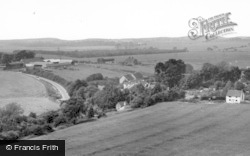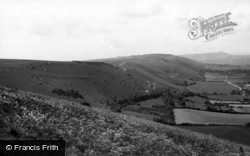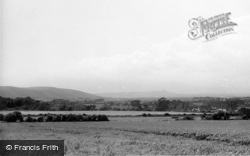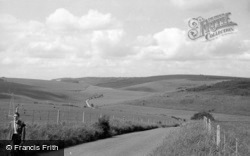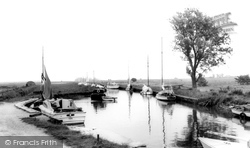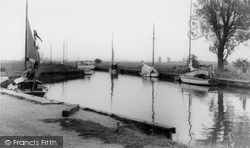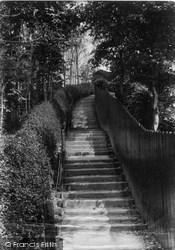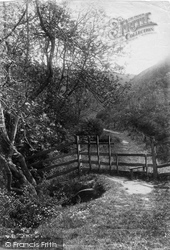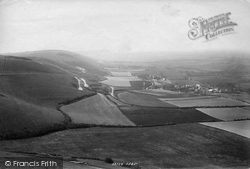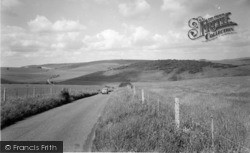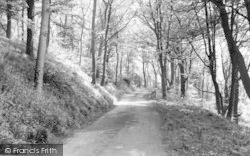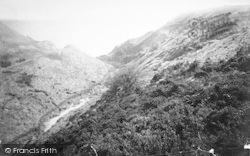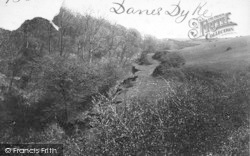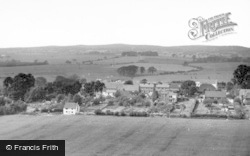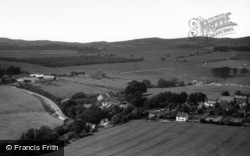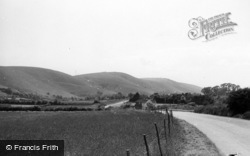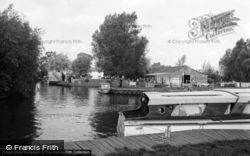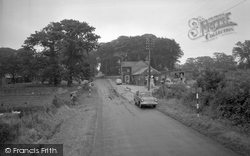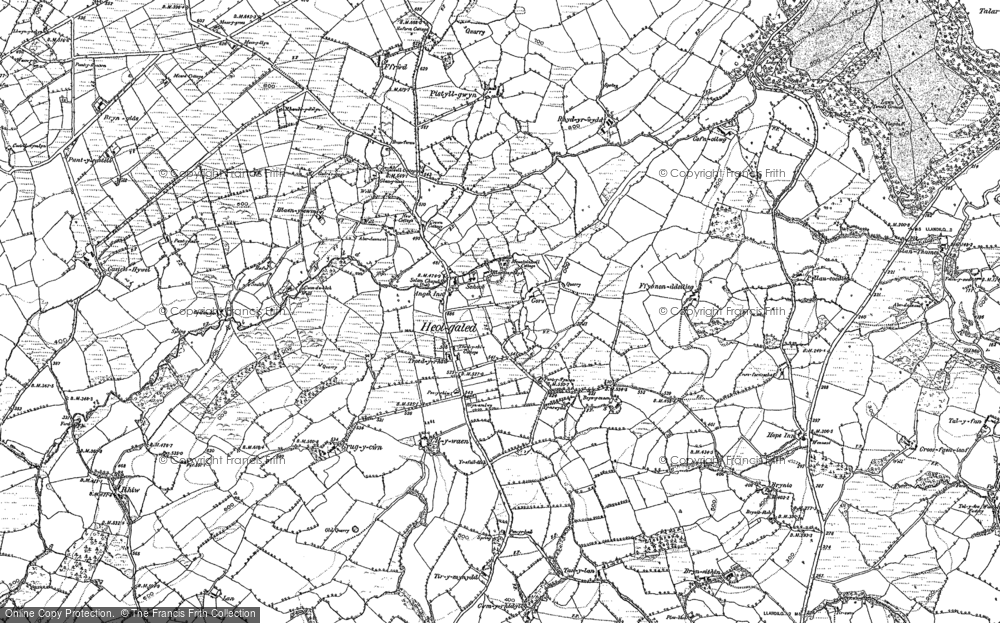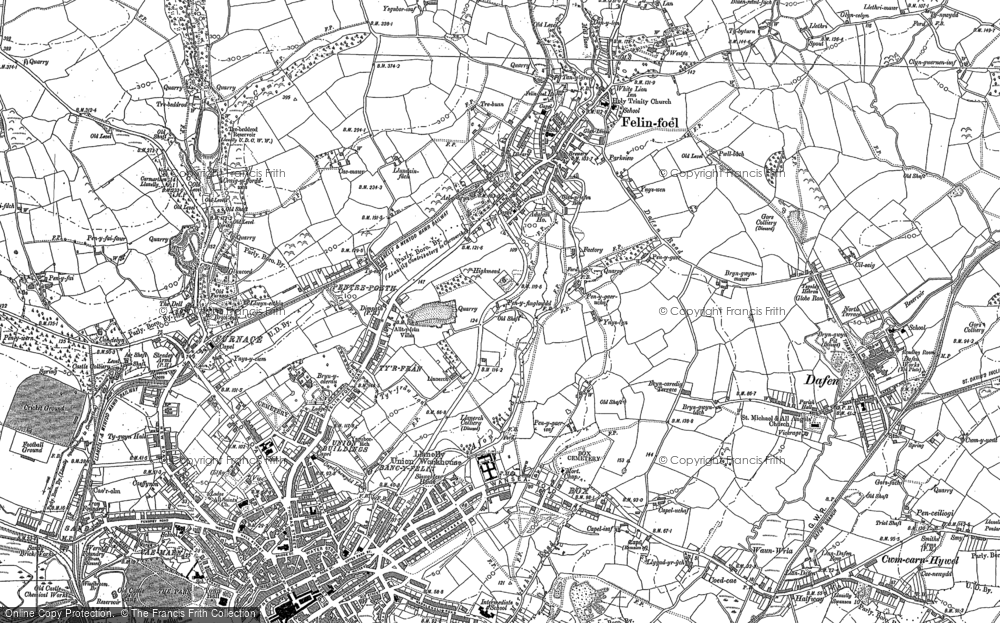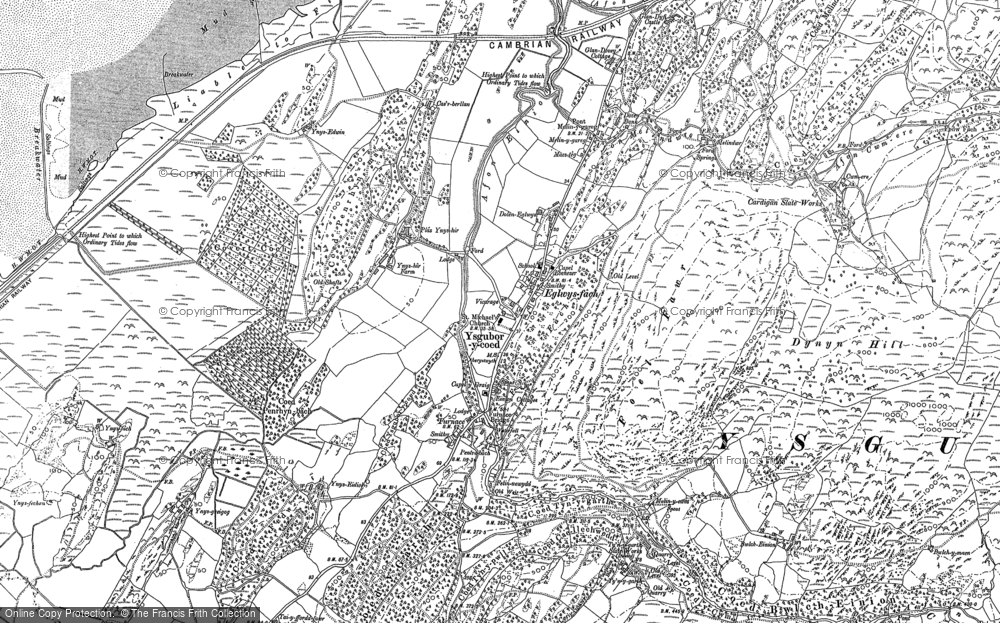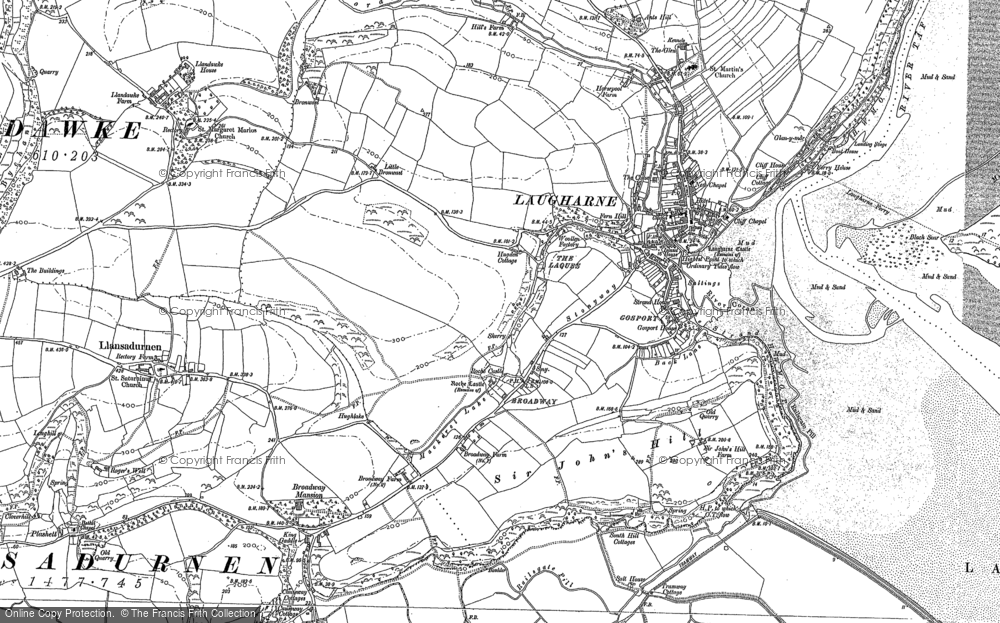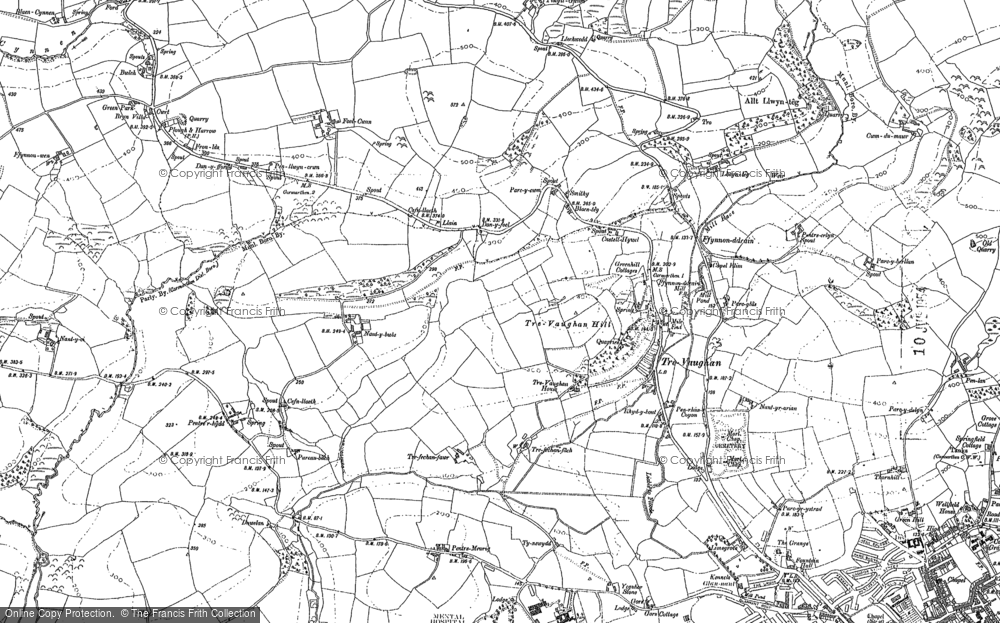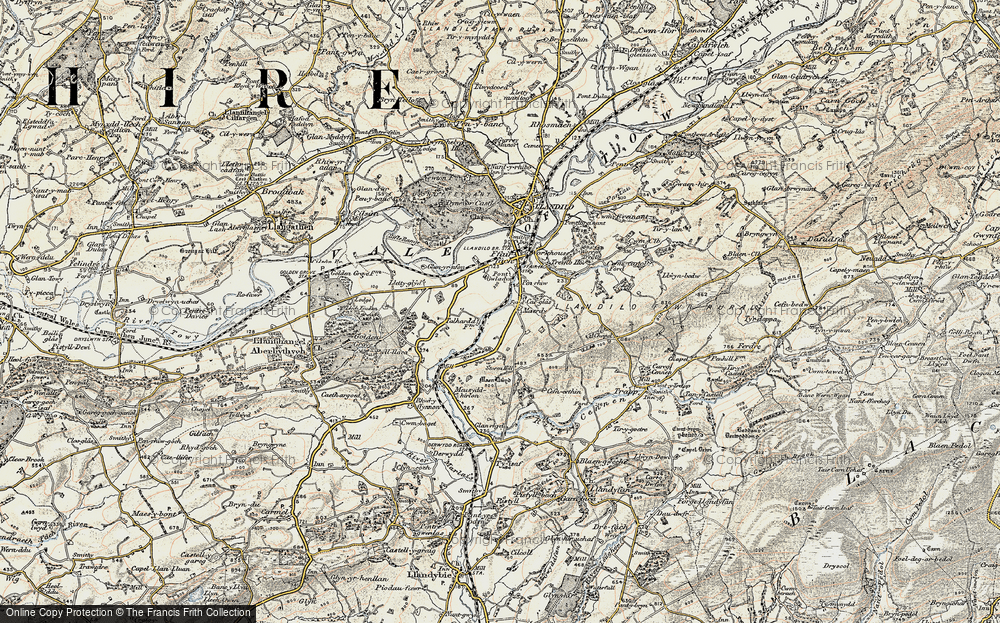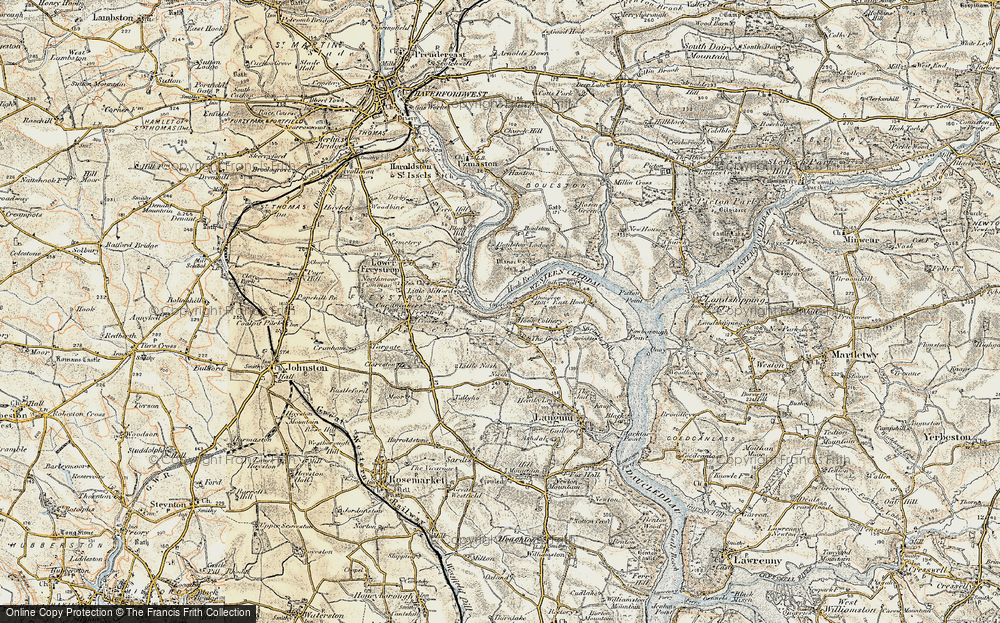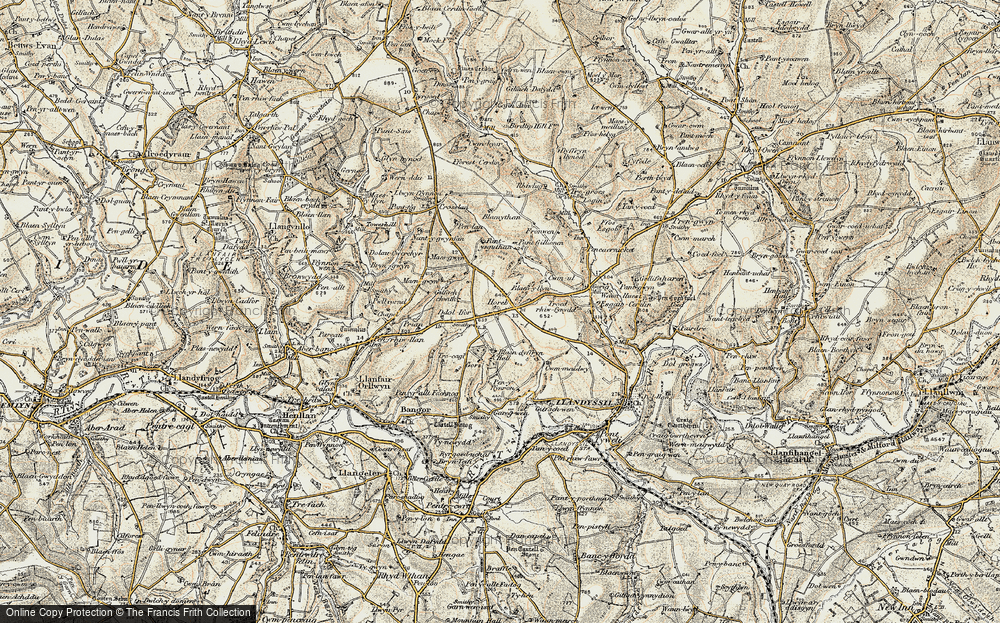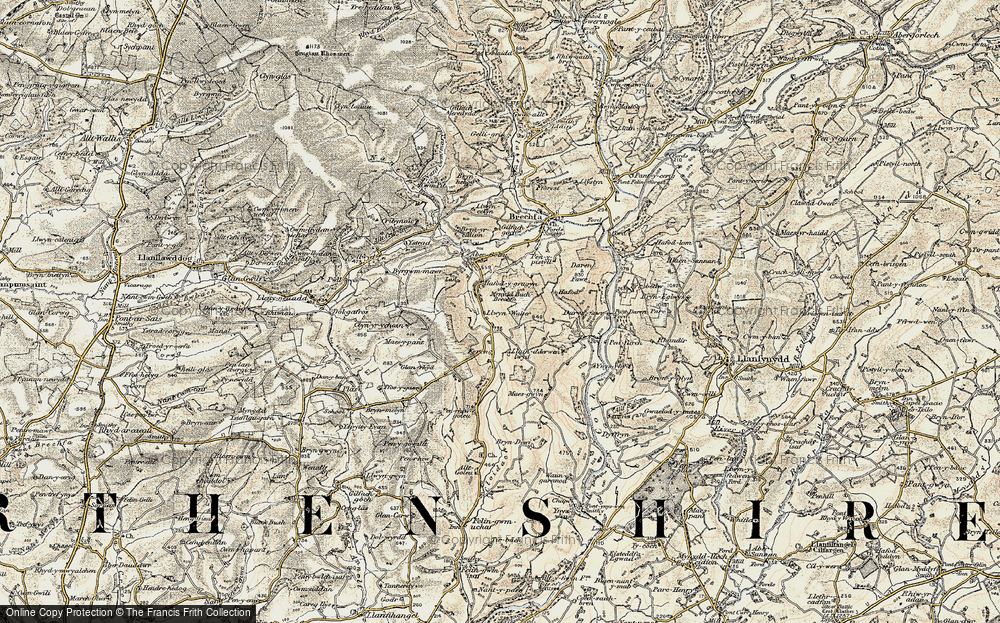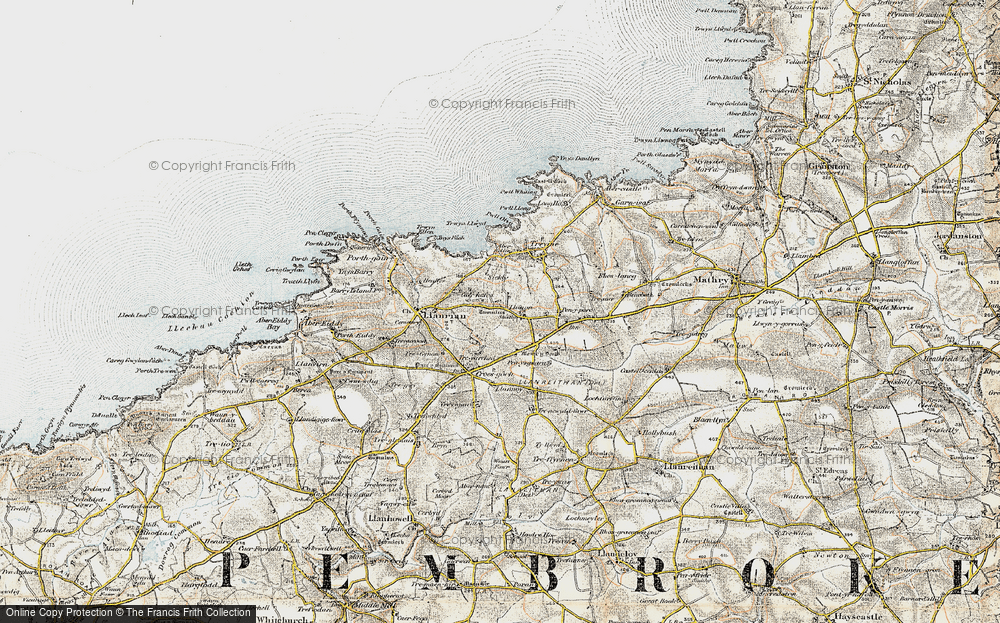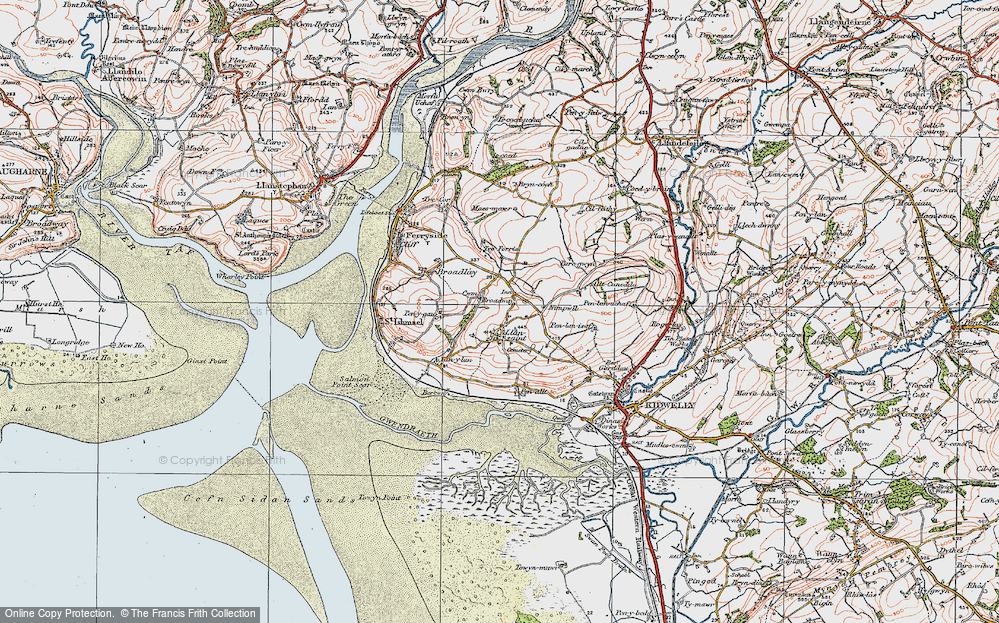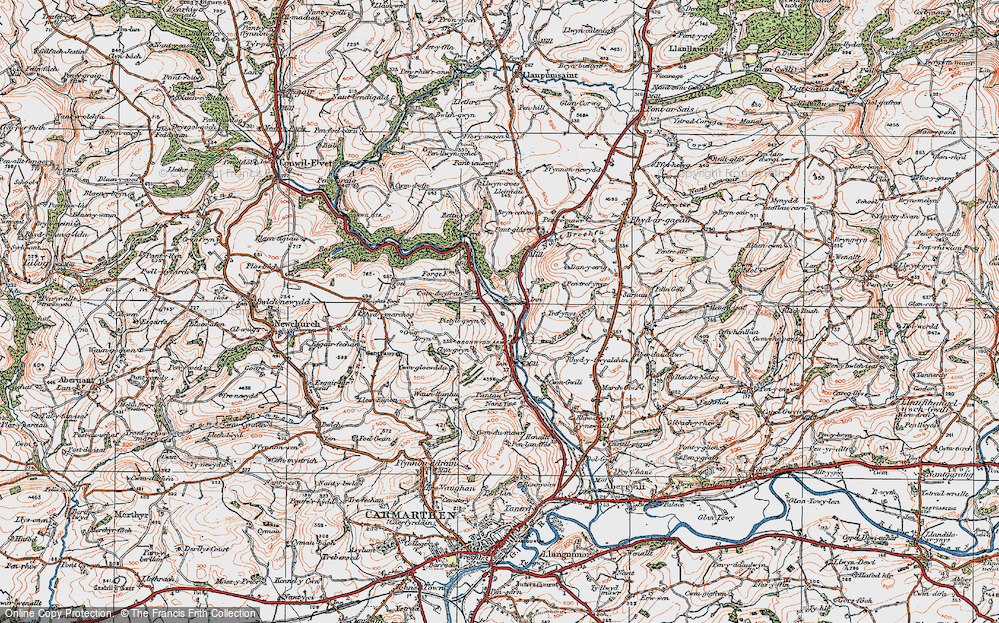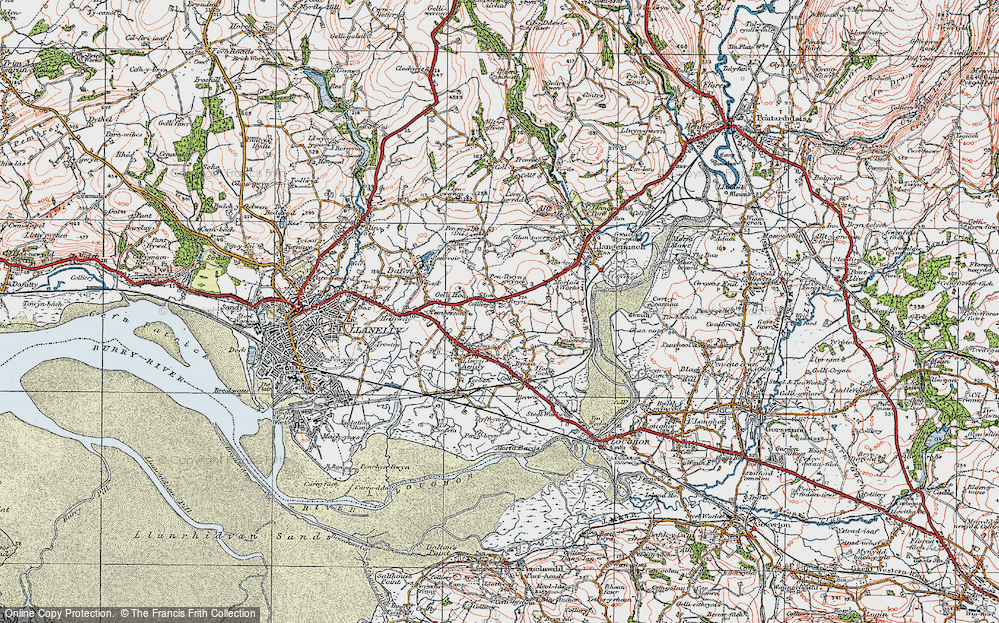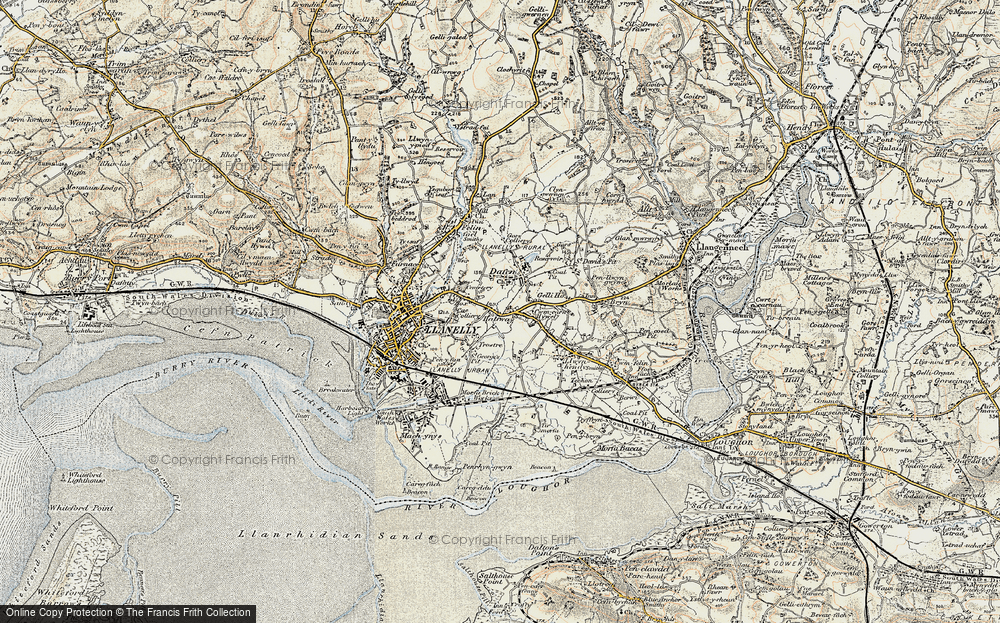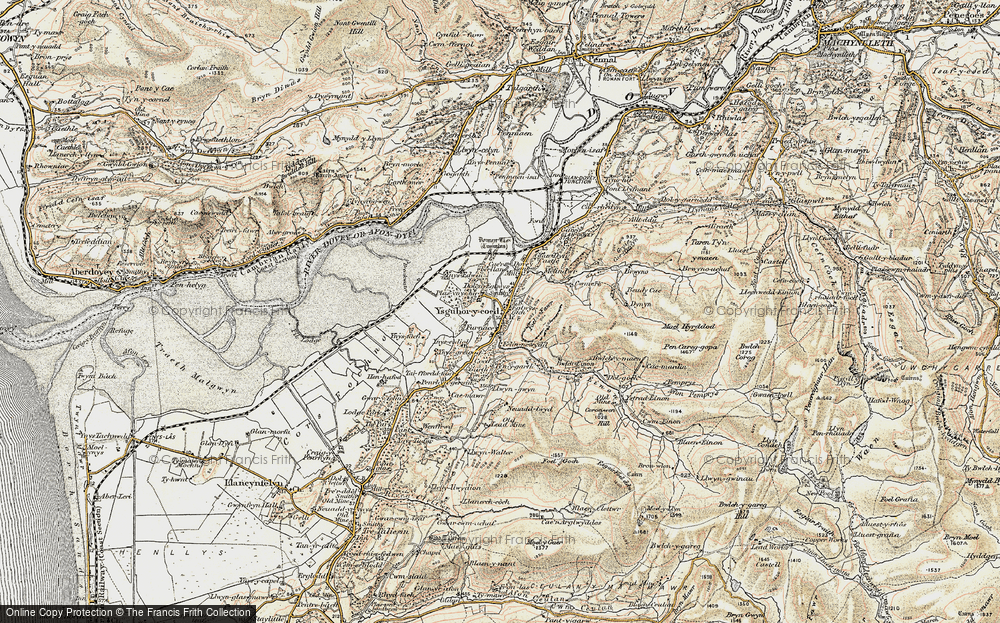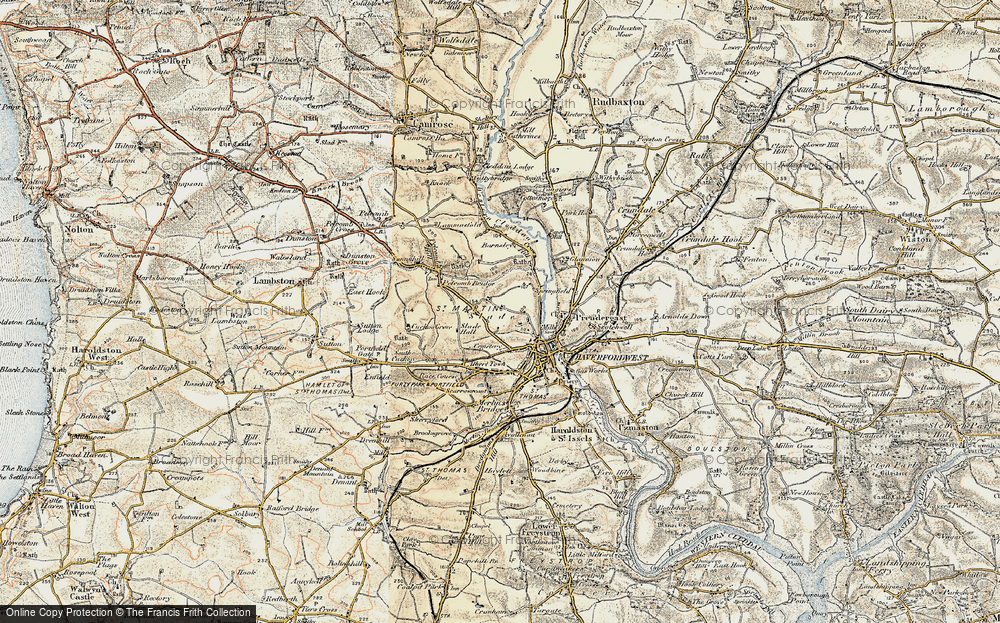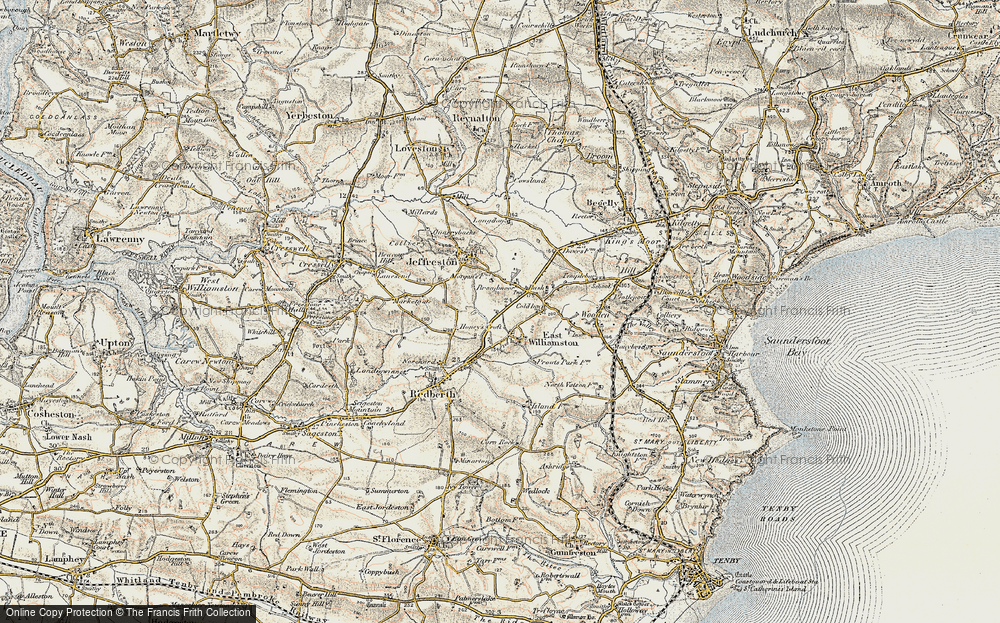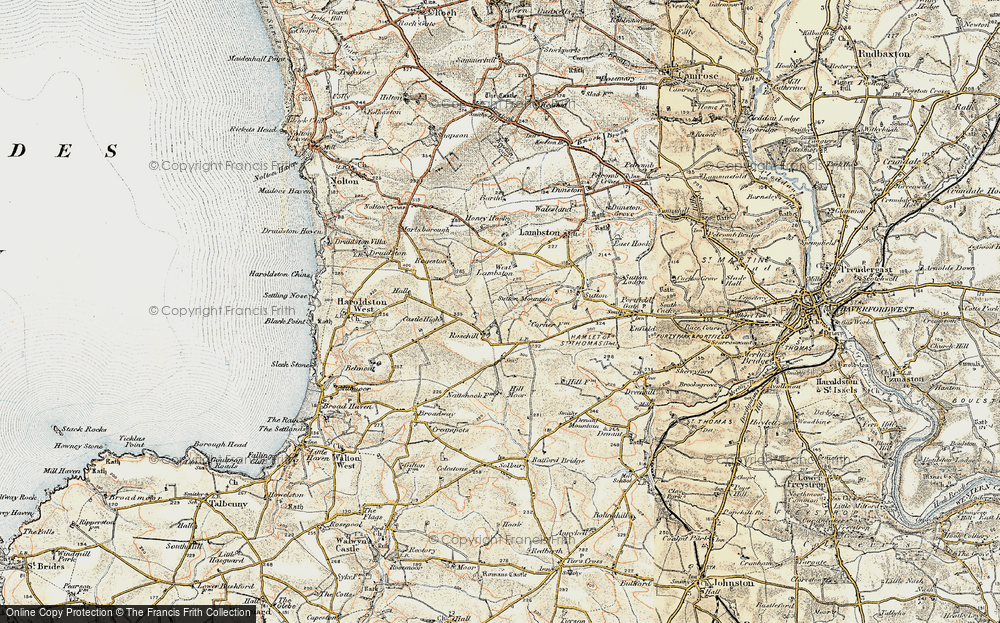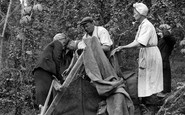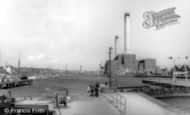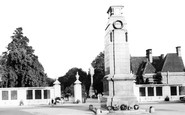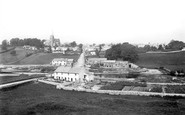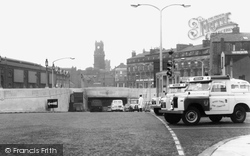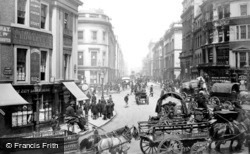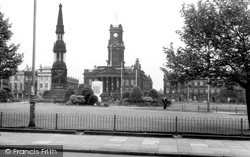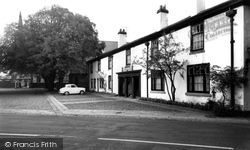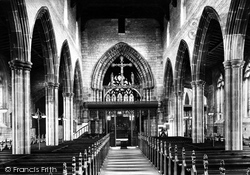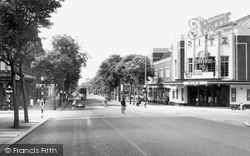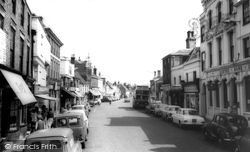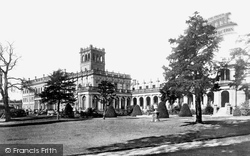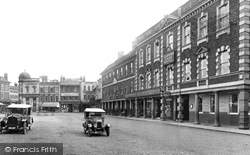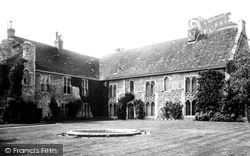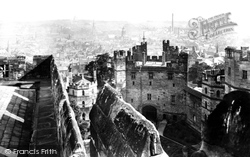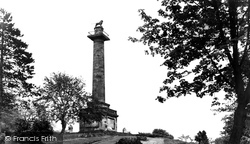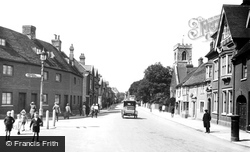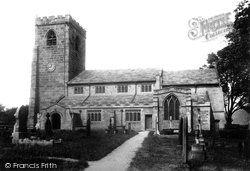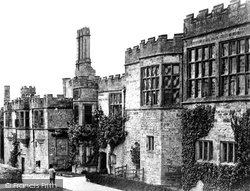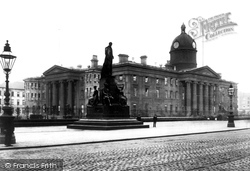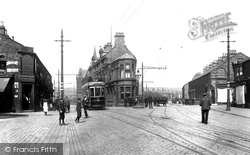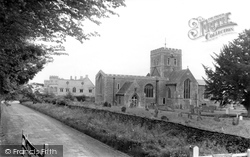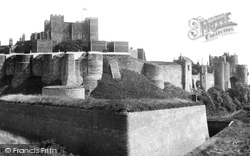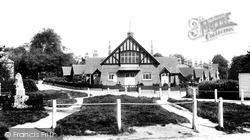Places
9 places found.
Those places high-lighted have photos. All locations may have maps, books and memories.
Photos
89 photos found. Showing results 61 to 80.
Maps
161 maps found.
Books
2 books found. Showing results 73 to 2.
Memories
224 memories found. Showing results 31 to 40.
Petty France Cottages
I was born in the middle cottage out of three which the Duke of Beaufort owned back those days, now they have been modernised to a high standard and are privately owned. I used to spend a lot of my time in the Seven Mile ...Read more
A memory of Petty France in 1970 by
Pit Village In My Youth
My name is Ken Orton and I lived in Thornley from 1947 until 1974, the year I married. I was born in Shadforth but my parents moved from there to Thornley when I was about one month old. We lived at 72, Thornlaw North until ...Read more
A memory of Thornley by
Paddock Wood Huts
Not sure how long I went with my grandparents, then when they passed away my parents, but I was born in 1941 and I know we were still going there until we migrated to Australia in 1961. We 'lived' in the first hut on the ...Read more
A memory of Paddock Wood
East Hill Old Cotts
I visited the nursery quite a lot, we knew the people who work there. I was only ten years old. I remembered the pub up the road, Duke of Marlborough. Where have the good memories gone, from Malcolm Read.
A memory of Ashford in 1959 by
Memories
As a boy i would wander through fields and in water, go fishing, make swings was happy with things: Would roam with the dog slip on Algae green log, smell rain on the grass polish Grans brass: Climb dykes, collect conkers leap ...Read more
A memory of Blairgowrie in 1974 by
Memories Of A Childhood In Southwick
I went to Southwick Primary School. I remember being picked as a 'flag flyer' and welcoming the Duke of Edinburgh when he opened the new lock. I think it was in about 1955. We were unable to use the locks ...Read more
A memory of Southwick by
Opening Of Albert Park
My great grandfather, Mark MIDGLEY was a member of the First North Yorks Artillery Volunteers. He was in number four battery for 11 years where he rose to the rank of sergeant-major. I have news paper cuttings of him ...Read more
A memory of Middlesbrough in 1860 by
My Childhood In Burton In The 50's And 60's
I was born in the village in 1949, in an end terrace No.1 Woodview. It was down a small road in the centre of the village and at the top, I believe at one time there was a timber yard/sawmill. ...Read more
A memory of Burton in Lonsdale by
Brimscombe Corner & Burleigh 1910 62690
This photo is taken 100 yards up Brimscombe lane, looking back across the Golden Valley. The lane itself leads back up to Thrupp Lane & Dark lane, which is on its way to Quarhouse and the Lypiatt Manor, ...Read more
A memory of Brimscombe by
1966 69 Happiest Year Of My Childhood
Reading all the memories, mostly happy, and recollections from both staff and pupils at Warnham Court has opened the floodgates to my own happy, carefree school days. Gosh, so many people and ...Read more
A memory of Warnham Court School by
Captions
379 captions found. Showing results 73 to 96.
The tower, unusual architecturally for this part of Britain, is thought to have been influenced in style by King Henry VI during his stay in Bolton Hall.
The first of the road traffic tunnels to be dug under the River Mersey, the Queensway Tunnel was opened by King George V and Queen Mary on 18 July 1934.
Here we are at the junction of Cannon Street and the approach to the new London Bridge; the street was opened by King William IV in 1831, and named after him.
Here we are at the junction of Cannon Street and the approach to the new London Bridge; the street was opened by King William IV in 1831, and named after him.
The monument in the centre was modelled on the original Eleanor Cross, which was erected by King Edward I - he twice visited Birkenhead Priory.
William 'Duke' Sutton was landlord of the Black Bull when he opened his bathing hut at South Hawes near what is now the junction of Duke Street and Lord Street.
Mary was founded in 1218 to protect privileges granted to Chesterfield by King John.
On the left is the Duke Hotel, formerly the Duke of Edinburgh Hotel. On the right is the Ritz cinema, showing the X-rated film Boys Night Out and also The Crimebusters.
It once housed the abbey founded by King Stephen in 1147, where he was buried with his queen Matilda.
At this time Trentham Hall was still used by the Dukes of Sutherland, and local people were allowed access to the gardens on public holidays and during Wakes Week.Within a few years, however, the
At this time Trentham Hall was still used by the Dukes of Sutherland, and local people were allowed access to the gardens on public holidays and during Wakes Week.Within a few years, however,
Gladstone was a nominee of the Duke of Newcastle, who effectively chose Newark's members of parliament.
The year 1538 saw the Dissolution of the Monasteries by King Henry VIII, and the land reverted to the Crown.
We can see the round tower added by King John, and the back of the famous John of Gaunt Gateway; the Ashton Memorial, looking like St Paul's in London, stands out from the murk of Lancaster behind
It was built in 1816, and the story most often told is that it was erected by the duke's tenant farmers in thanks for having their rents remitted during a period of agricultural depression.
Our tour starts south of the River Ouse in the area developed by King Edward the Elder in AD919; it was defended by the King's Ditch, some of which still remains after all these centuries.
This was the first road tunnel under the River Mersey, and was opened by King George V and Queen Mary in July 1934.
Richard Tempest, lord of the manor, was probably advised by King Henry VI about this beautiful church in Perpendicular style when he was sheltering the royal visitor in 1500.
At this time, the Dukes of Rutland had virtually deserted the hall and removed themselves to their other estate at Belvoir Castle in Leicestershire.
At the front of our picture is the monument to the Duke of Wellington that was unveiled on 30 August 1856. After the Duke died in 1852, £7,000 was soon raised for Manchester's lasting tribute.
Duke Bar is on the outskirts of Burnley. The Duke of York public house can be seen in the centre of our picture.
Buckland Manor, seen beyond the church, has also been called Duke's Manor, as the Dukes of Suffolk once owned it.
This structure, and the surrounding curtain wall, was built by Henry II in the 12th century at a cost of £7000, but the first fortifications were constructed by King Harold in 1064.
Saltwood dates back to at least the year 833, when it is mentioned as a land grant by King Egbert.
Places (9)
Photos (89)
Memories (224)
Books (2)
Maps (161)


